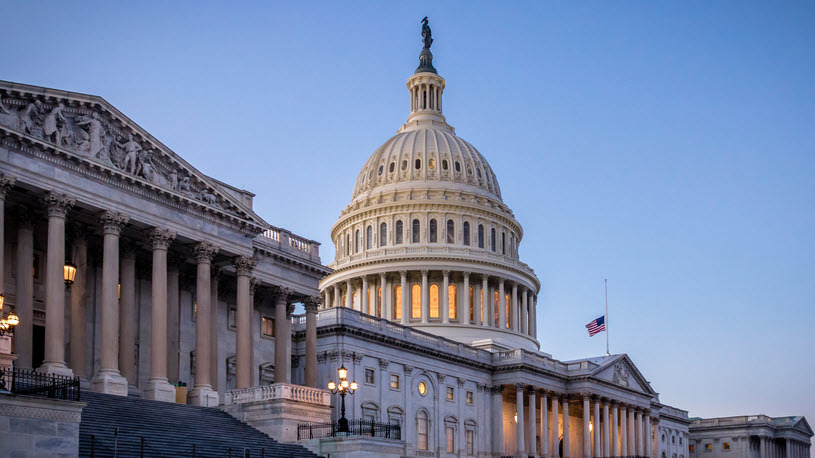Setting the Record Straight: SECURE 2 Act FAQ
Part of a series | SECURE 2.0 Act Insights

SECURE 2.0 builds on the Secure Act of 2019, making key changes that impact employer-sponsored retirement plans. Here's some clarification on frequently asked questions.
New provisions from the SECURE 2.0 Act are already in effect — and many are still on the way — helping to expand access to employer-sponsored retirement benefits and increase retirement readiness for more American workers.
As with any new legislation, employers and employees have questions surrounding the changes and the impact on their retirement planning. Here are some of the most common questions we've been clarifying for our clients:
Q. Is the credit for employer match only for new start-up employer-sponsored plans or does it apply to existing plans?
A. The additional employer contribution credit applies to businesses with up to 100 employees that establish a new defined contribution plan. The credit will cover not only employer matching contributions, but also any employer non-elective contribution.
Q. Is an employer allowed to match both the employer match and the loan payment match?
A. Yes, this optional provision allows for employers to make matching contributions to an employee's 401(k) plan, 403(b) plan or SIMPLE IRA based on qualified student loan payments beginning in 2024. Employers may make matching contributions to both elective deferrals and loan payments, but not in excess of the regular matching contributions that are available in the plan.
Q. Does the automatic enrollment requirement apply to only new plans?
A. The SECURE 2.0 Act automatic enrollment provision applies only to new 401(k) or 403(b) plans established after December 29, 2022. The mandatory rules do not apply to plans in existence prior to December 29, 2022.
Q. Does the $145,000 income limit for catch-up contributions include bonuses? Is the limit based upon gross wages or taxable wages?
A. Yes, the $145,000 income limit for catch-up contributions includes bonuses and is based on gross wages for FICA purposes.
Q. What is the annual cap for the emergency savings account?
A. The cap for the ESA is $2,500 or a lesser amount as determined by the plan. Once the ESA account balance reaches that limit, no further contributions are allowed until the account again falls below the limit. There can be no minimum contribution or balance requirements and participants must be allowed at least one withdrawal per month.
Q. What is the income limit for the Saver's Match?
A. The match phases out between $41,000 and $71,000 in the case of taxpayers filing a joint return ($20,500 to $35,500 for single taxpayers and married filing separate; $30,750 to $53,250 for head of household filers). The Saver's Match is effective for taxable years beginning after December 31, 2026.
Q. Will Starter-k plans have IRS filing requirements?
A. Yes, there will be reporting required to the IRS and DOL.
Thinking strategically about employee retirement plans
Your employees' retirement is largely dependent on the decisions you make now as the employer. With more knowledge in hand, consider how you may best prepare your workers for the years ahead.
For more answers to commonly asked questions surrounding your plan, read this full FAQ.
Learn how to choose the right plan for your business. Connect with an ADP retirement specialist or call 1-800-432-401K today.
ADP, Inc., and its affiliates do not offer investment, tax, or legal advice to individuals. Nothing contained in this article is intended to be, nor should be construed as, particularized advice or a recommendation or suggestion that you take or not take a particular action. Questions about how laws, regulations, guidance, your plan's provisions, or services available to participants may apply to you should be directed to your plan administrator or legal, tax or financial advisor. ADPRS-20230315-4304



